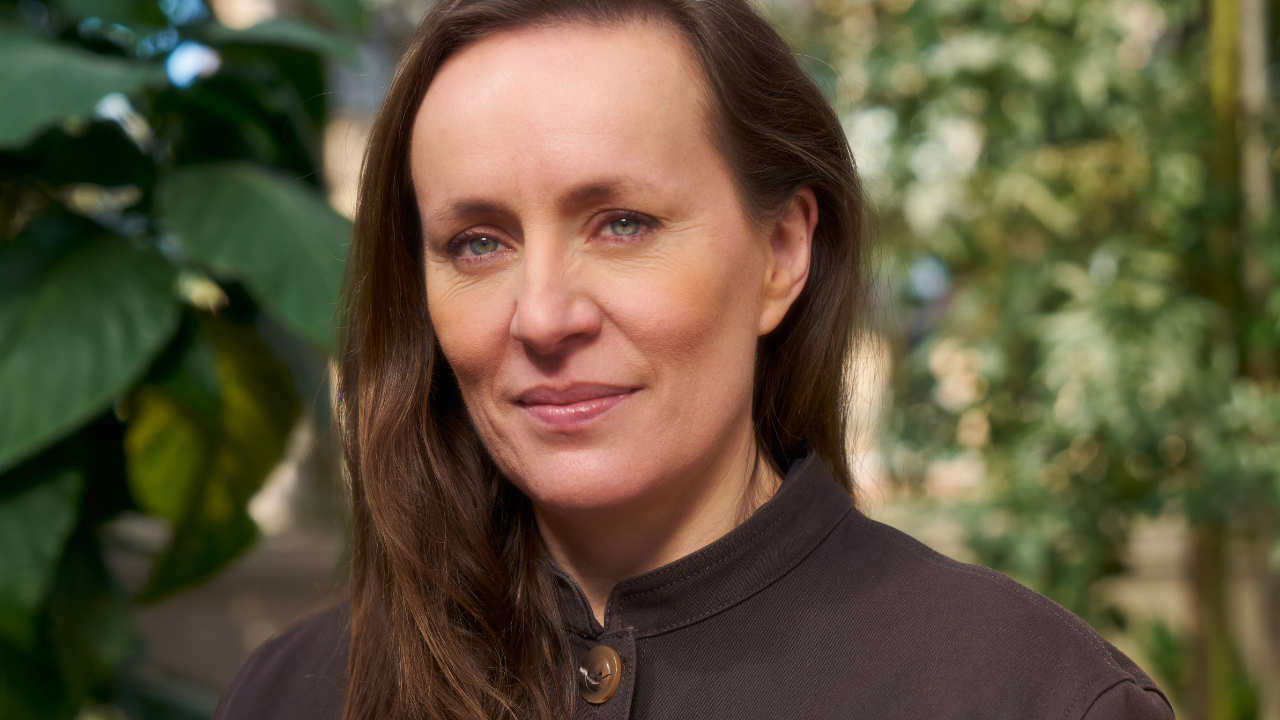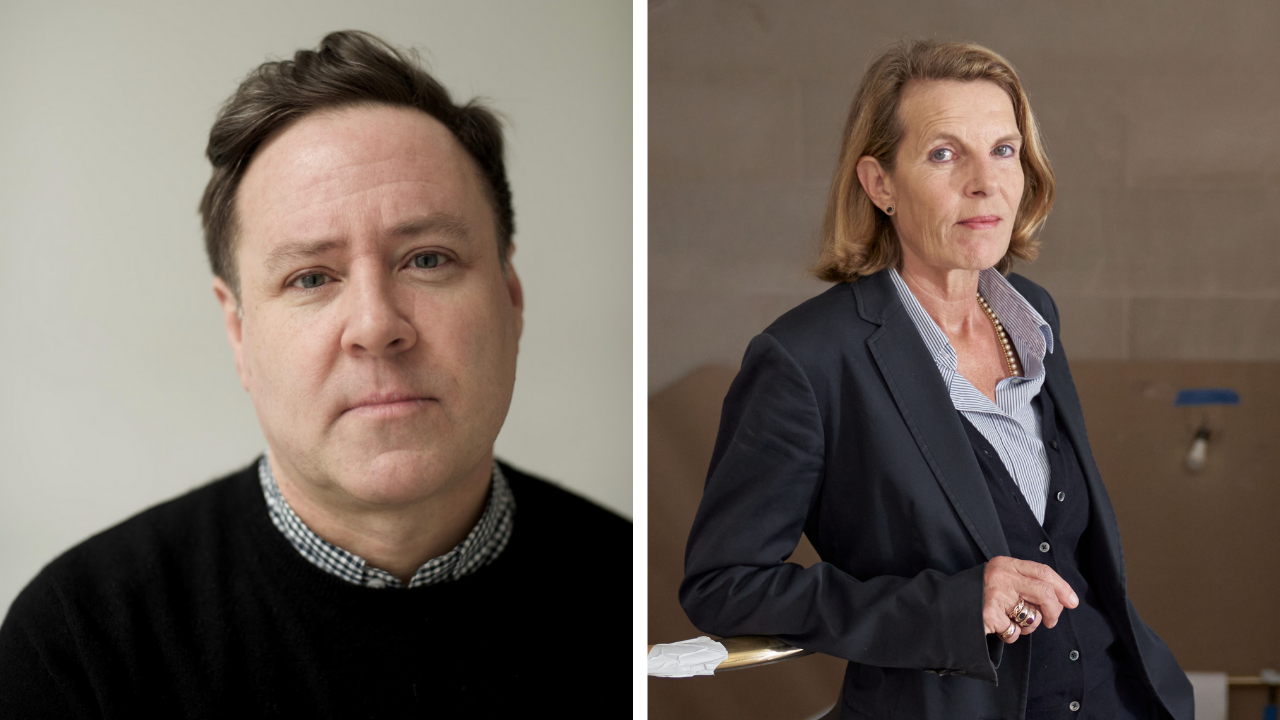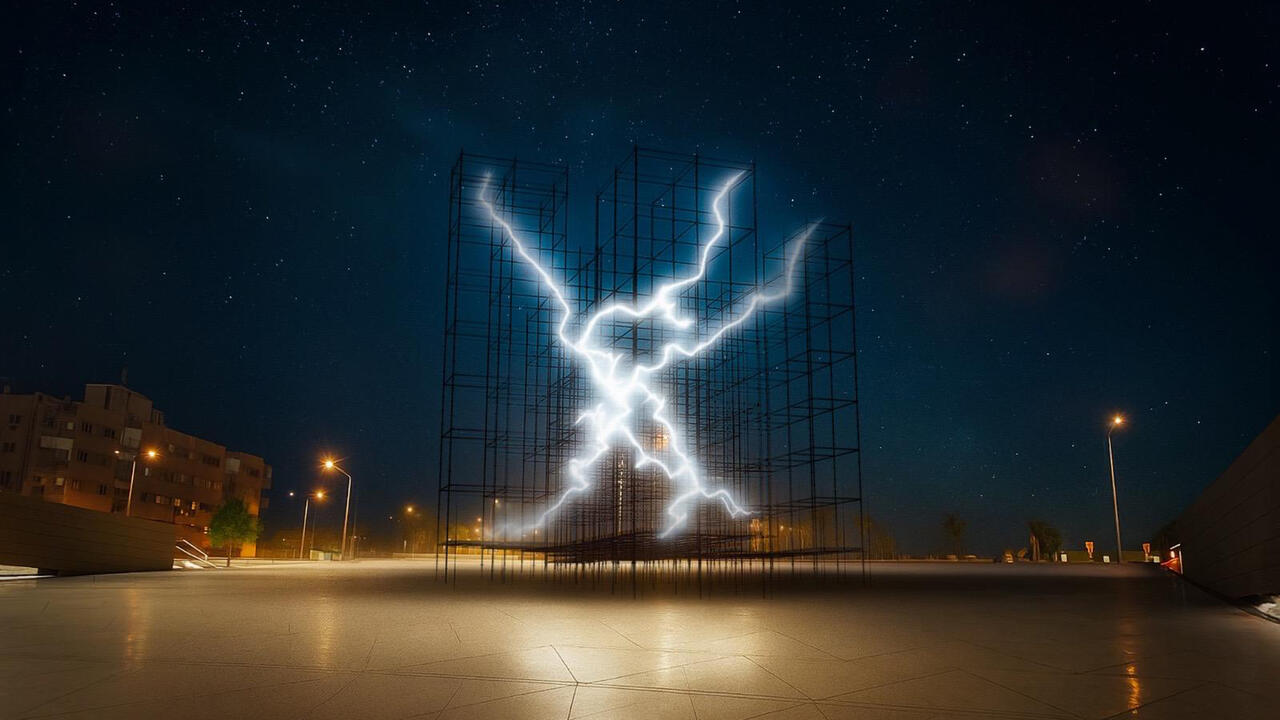4th Berlin Biennial 2006
A discussion with Maurizio Cattelan, Massimiliano Gioni and Ali Subotnick, the team curating the 4th Berlin Biennial
A discussion with Maurizio Cattelan, Massimiliano Gioni and Ali Subotnick, the team curating the 4th Berlin Biennial

Since 2002, Cattelan, Gioni and Subotnick have been running the Wrong Gallery, a non-profit and currently non-existent space that was previously located in a closed glass doorway in Chelsea, New York and hosted projects by, among many others, Lawrence Weiner and Tino Sehgal. They also co-edit the magazine Charley, which ‘digests and reshuffles images, artworks, and previously published materials’. In 2004 Gioni co-curated Manifesta 5 in San Sebastian in Spain, while Cattelan was a co-initiator of the tongue-in-cheek 1999 Caribbean Biennial. After three previous Berlin Biennials, which ranged from the happily conventional to the sternly educational, what kind of surprises will the fourth hold?
Jörg Heiser: The three of you have done projects together before, such as the Wrong Gallery and the magazine Charley. With the Berlin Biennial, is the difference just one of scale and the fact that you will have to delegate control?
Ali Subotnick: When it was just the three of us we had no money but we didn’t have to run anything by other people.
JH: Is working on the Biennial a terrible experience then?
AS: It’s a challenge but also …
Maurizio Cattelan: … a temporary commitment.
Massimiliano Gioni: Normally each of us has our own jobs but now everything is on a different rhythm and schedule.
AS: It’s also more public.
MC: Before we were pretending – now we are acting.
JH: Pretending is a good point, because you, Massimiliano, co-curated Manifesta 5, which was a straight, big exhibition and you, Maurizio, were involved in the Caribbean Biennial, which was a sort of spoof.
MC: But it was still an organization – we put together ten people to find money.
JH: Are the organisers worried you might suddenly do a Biennial in inverted commas?
AS: I think that’s why they want us – to do something different.
MC: It’s a challenge for both sides. The people inviting us don’t know what to expect, but at the same time we have to transform our ideas into something that works within an institution.
AS: We’re trying to take little baby steps in changing the way of doing a biennial.
JH: Is one of these steps about opening a gallery?
MG: Yes. We’ve opened Gagosian Gallery, on Auguststrasse; it’s ‘guerrilla franchising’. We will do exhibitions there every month, as the biennial team and with guests.
JH: Have you told Larry Gagosian?
MC: Not yet but we’re going to call him. Someone has to pay the rent!
JH: Each of the three Berlin Biennials that have taken place have been housed in different venues, which affected the way they were perceived. What’s the role of the ‘Gagosian Gallery’?
MG: As Berlin has loads of not-for-profit spaces, we thought we should run one as well.
JH: What other venues are you going to use?
MG: The exhibition will stretch from one end to the other end of Auguststrasse. Apart from KunstWerke, we will be using some spaces that have been empty for a decade. We are also trying to get a school, a church, some apartments and an office.
AS: A ballroom.
MC: The cemetery.
MG: The ghost of history is always present in Berlin. Our hope is not to neutralize that. For example there is a building that belongs to the Jewish community, that’s been closed for a long time. It was built around 1927, and as a reminder of the early 20th century, pre-war Berlin, it has a very eerie presence. We want to keep it the way it is.
JH: Was using Auguststrasse a way of keeping venues within walking distance of each other?
MG: On one level, yes.
JH: The gentrification of the Mitte district, especially along Auguststrasse, has been a talking point for long time now.
MG: That was also a tricky question for us: will using Auguststrasse be read as a comment on gentrification? Hopefully not, but the fact that we called the gallery ‘Gagosian’ is of course a joke about gentrification.
JH: Have you done much research into Berlin artists?
AS: We’ve looked at the work of about 800 artists.
MC: We’re preparing a publication about it.
MG: We will do a Charley Berlin – it will be called Checkpoint Charley.
JH: Will this biennial be self-reflexive about art, as a practice and a world?
MG: We want to do a show about life and death. The idea was to use the spaces where you’re born, and are raised, and die – hospital, school and cemetery. We want to do an exhibition without tricks or meta-comments.
JH: The reason I brought up the question about art referring to its own conditions and status has to do with the fact that Maurizio’s work brings into play what it means to be an artist and make art – artistic anxiety and narcissism.
MC: Finally someone with an answer to what it means to be an artist!
JH: Doing a biennial wouldn’t mean neglecting your own status as an artist, would it?
MC: Of course it would. We have been questioning what it means to do a biennial for about a year and we’ve decided to do it in a way that allows us to do our other stuff as well.
MG: The fact that you associate Maurizio’s work with artistic narcissism means that he’s been able to show his work in a way in which curators didn’t get too much in the way.
JH: How do the three of you arrive at your decisions?
MC: It’s oblique.
AS: We gravitate towards similar sorts of aesthetic and conceptual works.
MG: It’s a mess.
JH: When you sent out the announcement sticker of the biennial with the image of John Paul II, this sent out three messages.
MC: We are Catholics, and believers.
JH: That’s the fourth message. To my mind the first one is that there’s a connection to Maurizio’s work, because he’s done the wax figure piece of John Paul II (La Nona Ora, The Ninth Hour, 1999). Second message is that the sticker came out around the time of his death, and the election of his German successor. And the third is the ironic equation between a religious gathering and people gathering for the opening of the biennial. So you use strategies that were developed with Charley, or the Wrong Gallery, but adopt them as marketing strategies for a big art event.
MG: We’re not aiming to create a new paradigm for biennials but one contribution we can make is to use the instruments and tools we have learned to use.
JH: How many artists are in the biennial?
MG: It’s not finalised yet, but 60 or 70.
JH: Can you give some examples?
MG: OK: Oliver Croy, who might be showing a collection of 387 model houses made by Viennese clerk Peter Fritz; and Bruce Nauman. He was the first artist we asked.
JH: I would like now to ask each of you the same question, but separately.
MC: Like the police …
AS: Cross-interrogation …
MG: In Italian we call that ‘American Confrontation’.
Jörg Heiser to Maurizio Cattelan alone:
JH: Do you think there is a danger that people might see the Berlin Biennial as a work by you?
MC: No. This is why we were talking about rules, and one of those rules is not using tricks.
Jörg Heiser to Massimiliano Gioni and Ali Subotnik:
JH: Do you think there is a danger that people might see the Berlin Biennial as a work by Maurizio Cattelan?
MG: I think there are worse things that could happen, but I don’t think it will. It’s the same with the Wrong Gallery – some people identify it with Maurizio’s work, but for me and Ali and all the artists that have been involved, it’s clearly something else.
AS: People assume that the Wrong Gallery is a piece by Maurizio, but they’re the ones who don’t attempt to find out about it. The biennial isn’t a piece just by him, and neither is the Wrong Gallery or Charley or Permanent Food – they’re all collaborations with other people; they’re separate but in the same family as his work. Maybe in 100 years it will be considered a piece of his, but we’ll all be dead by then.














